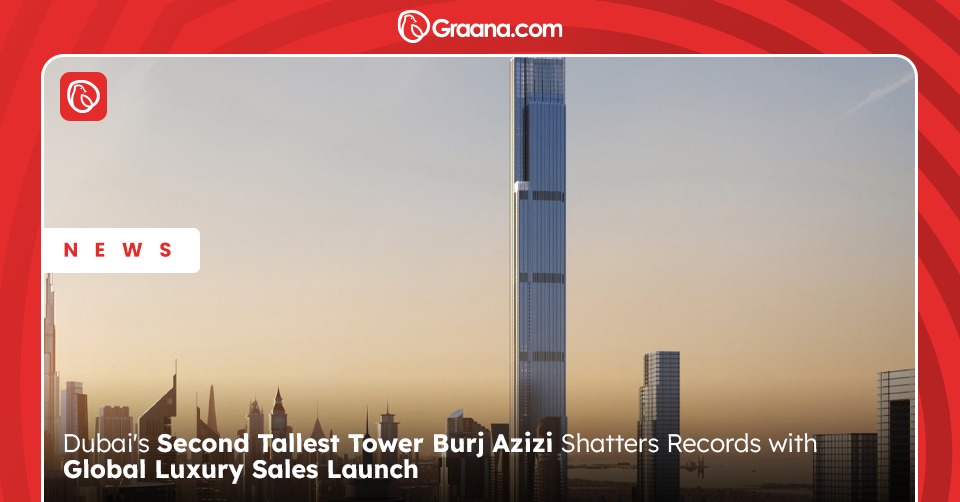Human settlements are going to transcend the sphere of the earth; the concept which was once only thought to be abstract is now going to become a reality for many. Owing to the high influx of investments in Research and Development advanced by the curiosity of human beings to explore other habitats, Mars is considered to be the next stop for human abodes. Human settlements and real estate have an inextricable link, if humans are successful in creating settlements on the planet mars, then it will not only be a revolution in the scientific field but also a step ahead in the real estate sector.
Graana.com through this blog discusses ‘space race and real estate on mars’ as the competition among the various states is intensifying across the globe. Against this backdrop, a race is brewing between the private organizations and states, but a thing that remains uncontended is the infrastructure will be developed and the extra-terrestrial settlements will be developed.
Real Estate and Space Race
As we have already built a case in the beginning, no one knew that the real estate sector will also have a footprint over the surface of moons. The consortium of various organisations, engineers, and researchers have found a new purpose in this space race. Various prototypes are in the development phase and many have already started to celebrate the success of various architectures. Mars Ice House is one of the projects which has earned praises from the various sides as it provides great leeway for the future habitat on planet mars. In the United Arab Emirates a prototype of ‘Mars City’ is also being built which replicates the environment of the red planet on the earth. The plan is in line with the project ‘Mars 2117 Strategy’.
Mars Ice House
Mars Ice House is said to be a game-changer for making the red planet habitable. The ‘Mars Ice House’ has also won NASA’s Centennial Challenge as a habitable model for mars which can provide a leeway for the future settlement on the planet Mars. The habitable model is prepared using 3D printers and robotics that is composed of an ice shell that allows the protection from the radiations and the translucency of the ice provides a connection with the surroundings. The outer shell provides a conducive environment inside and also helps to maintain the pressure volume inside. An insulation layer is also placed inside the shell which helps to maintain the temperature insides.
Mars City ‘2117’
Mars City ‘2117’ is a prototype developed by the United Arab Emirates which is about replicating the environment and life on Mars. This project falls under the 2117 project of UAE which is about establishing a city on Mars in the upcoming 100 years. For this purpose, the authorities have developed a city in the desert outside Dubai where scientists are involved in extensive research. The science city is constructed using interconnected domes which will have the ability to block the sun’s radiations. Similarly, scientists are also testing various farming techniques in order to make survival more sustainable.
Nüwa City
Nuwa City is also a modular city of the red planet which has a broad scope for accommodating people on the red planet. According to the developers of Nuwa city, it will incorporate all the features of sustainable development and it will have the ability to house 250,000 residents. The scope of the city is so extensive that it even contains urban parks and hydroponic gardens which will ensure the survival of humans on Mars. All of these buildings are designed such that the buildings do not explode from the pressure of the mars, the solar and the gamma radiations compelled the scientists not to expose the settlements directly to the radiations.
‘Seed of Life’
‘Seed of Life’ concept entails creating a colony made of bamboos on the mars. The reason behind using bamboos lies in the fact that bamboos can also be grown on the mars which can be used for the construction of the colonies. Once the underground frozen ice is found by the teams, the fluorine-based bamboo shoots will be transported to Mars. The scientists who are behind the concept of the colony state that bamboos have the ability to withstand the harsh atmospheric conditions of the mars.




